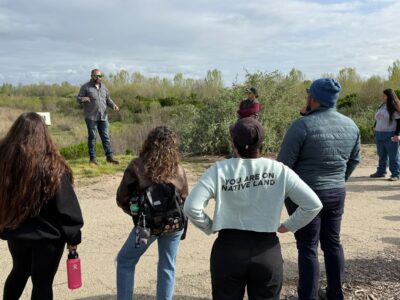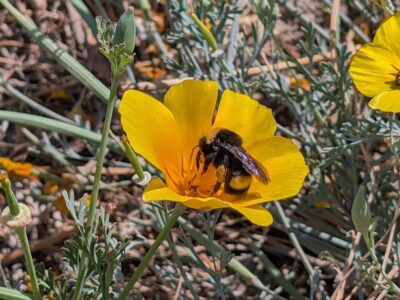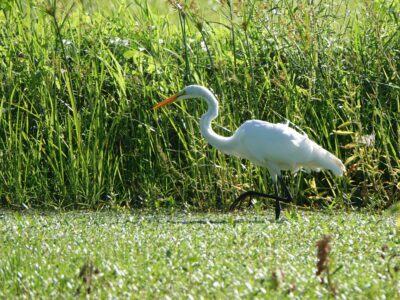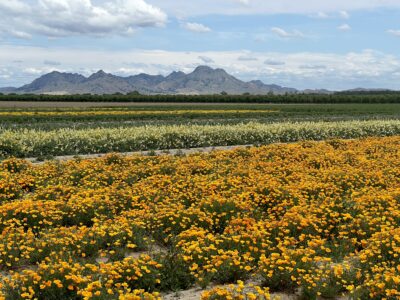by Lynzie Lowe
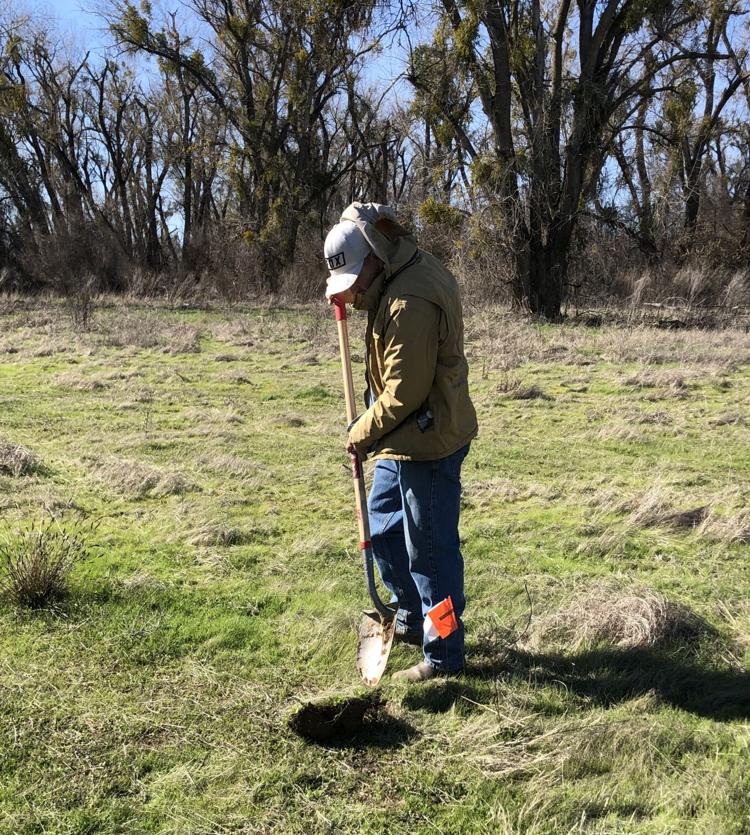
With monarch butterfly populations reaching dangerously low levels last year, a habitat improvement project is underway near Abbott Lake in the Feather River Wildlife Area in Sutter County.
River Partners have begun a statewide project with a coalition of scientists and conservation partners – including the California Department of Fish and Wildlife, the Xerces Society and science leads from Washington State University – to reintroduce monarch habitats by planting a variety of milkweed variants with the hopes of attracting the endangered butterfly species to several key locations across the state during their migration, including the area near AbbottLake – located inside the levee along Garden Highway about halfway between Yuba City and Nicolaus.
Asia Jones, restoration biologist for River Partners, said monarch butterflies have been on a death spiral in recent years, with fewer than 2,000 monarch butterflies recorded overwintering on the California coast in 2020.
According to Jones, this represents a 99.9 percent decline since the 1970s and 1980s, when populations were estimated to be about 4.5 million.
By 2017, Monarch butterfly populations were down to about 30,000, said Jones, which researchers believe was a crucial turning point towards extinction.
Jones said the primary drivers of the decline in populations are a loss of overwintering, breeding and migratory habitats in California, as well as pesticide use.
According to Jones, Monarchs lack state and federal legal protections to keep their habitats from being destroyed or degraded and with much of the Central Valley used for agriculture, most of the milkweed in the area has been removed.
Dr. Hillary Sardiñas, pollinator coordinator for the California Department of Fish and Wildlife, said this project will reintroduce milkweed to crucial areas and provide breeding locations for monarchs in the Central Valley.
“Monarch caterpillars can only use milkweed as their host plant, therefore we planted clusters of showy milkweed,” said Sardiñas. “The western monarch population overwinters along the California coast, migrating to breeding sites throughout the west in the spring and returning each fall. During this migration, many monarchs pass through the Central Valley, therefore it is important to provide breeding or stopover habitat with resources that support these iconic butterflies.”
Utilizing a $1.21 million grant from the Wildlife Conservation Board, River Partners and their partner organizations have plans to plant 595 acres of milkweed and nectar-rich plants along rivers and streams in California from the northern Sacramento Valley to San Diego County.
“It’s one of the largest coordinated monarch habitat restoration projects in the western United States,” said Jones.
Jones said the Abbott Lake location is the third and most recent site to be planted but a fourth location is slated to be planted within the week.
More Information
Dr. Hillary Sardiñas, pollinator coordinator for the California Department of Fish and Wildlife, said CDFW is currently engaged in planning another restoration phase in the Feather River Wildlife Area, modelled after the current project.
CDFW is also expanding their monarch-friendly restoration efforts across their reserve system, with plans to add an additional 500 acres in the next year alone.
“We need an all-hands-on-deck approach to help save the species in the West,” said Sardiñas. “For the public, this means planting native milkweed and nectar-producing plants and contributing to community science projects like Western Monarch Milkweed Mapper to help researchers gather data that can inform our conservation decisions.”
See the original article in The Appeal Democrat. Header photo by Bernard Spragg.


